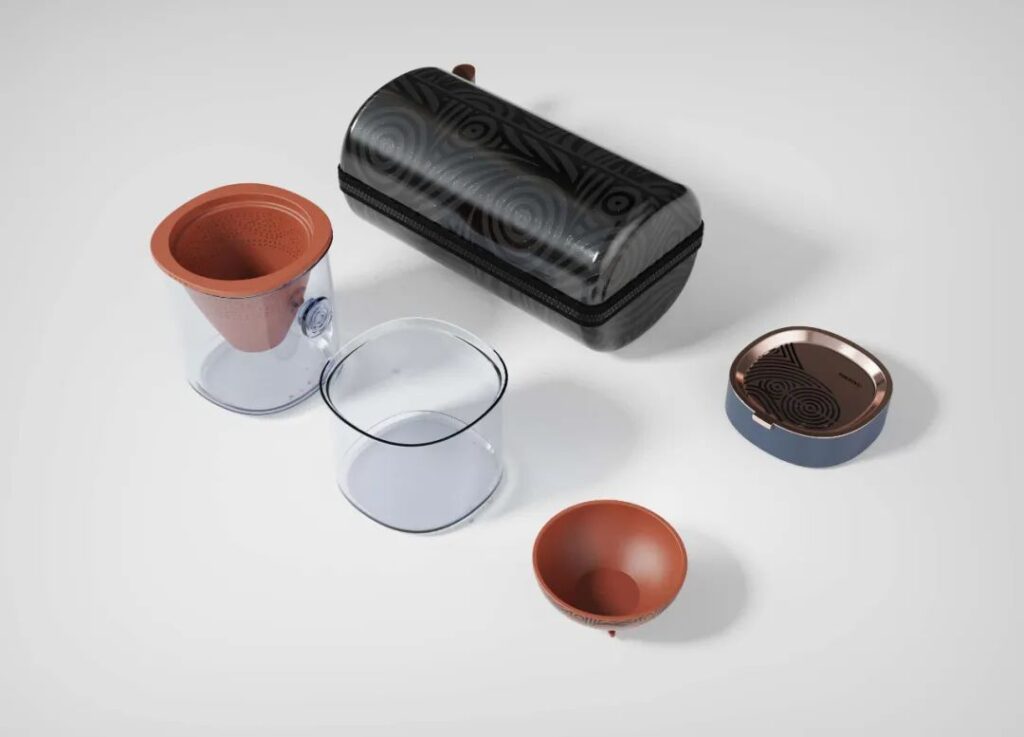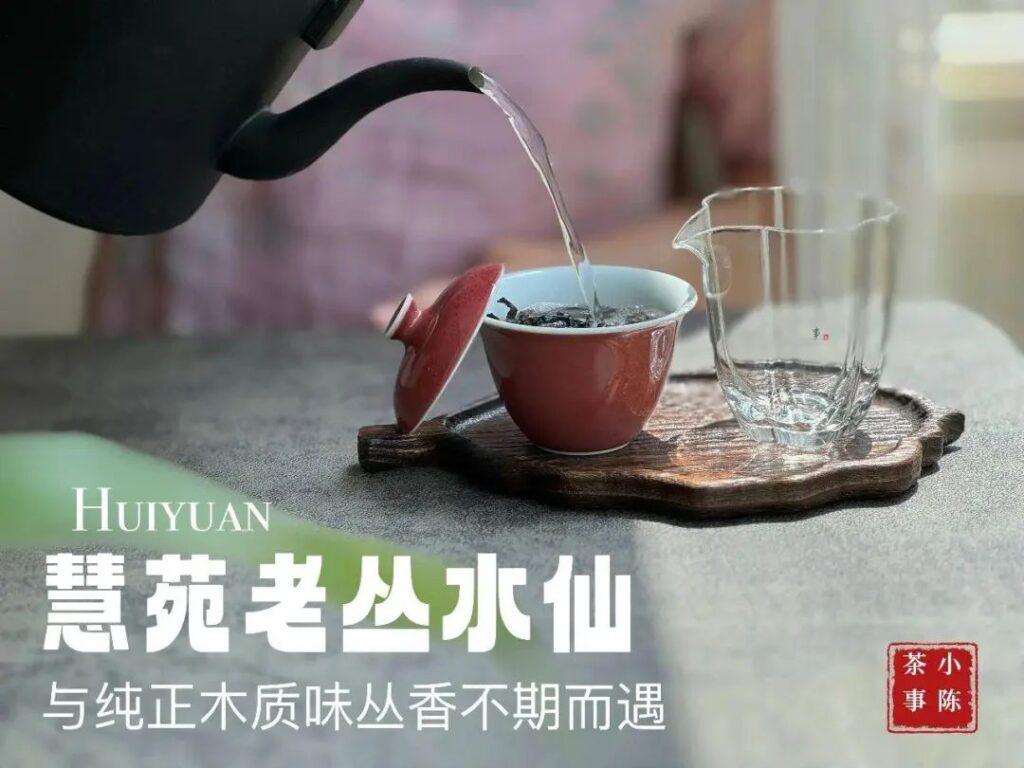Chinese tea, as a non-material cultural heritage, is like a shining pearl in the long history of the Chinese civilization. It is not only a drink but also embodies profound cultural heritage and national wisdom. In November 2022, ‘Traditional Tea Processing Techniques and Related Customs in China’ were successfully inscribed on the UNESCO Representative List of the Intangible Cultural Heritage of Humanity, marking a moment of glory as Chinese tea officially stepped onto the world’s non-material cultural heritage stage, showcasing its unique charm to the globe.
Heritage Project Name: Traditional Tea Processing Techniques and Related Customs in China
Yellow Tea: The key lies in the ‘yellowing’ process. After killing green or rolling, the tea leaves are piled up, and the heat and humidity catalyze the non-enzymatic oxidation of tea polyphenols, resulting in yellow leaves and soup, with a mellow taste. Junshan Yinzhen strictly controls the temperature, humidity, and time during the yellowing process, creating a unique flavor.
Black Tea: Pile fermentation is the hallmark. The tea leaves are piled up, and microorganisms aid in fermentation, generating a mellow flavor and aged aroma. For instance, Pu’er ripe tea, after this process, has a smooth mouthfeel and a mild tea nature, becoming more fragrant with age. White Tea: Withering and drying are the main processes. During withering, the tea leaves naturally lose water, and the internal substances transform, retaining the delicate fragrance and fresh taste. Examples include Baihao Yinzhen and Bai Mudan, with plump buds and full down. Oolong Tea: Shaking and ‘making green’ are crucial. Shaking causes the tea leaves to collide, with the edges becoming damaged and oxidized; ‘making green’ controls fermentation, forming the ‘green leaves with red edges’ and the characteristics of floral and fruity aromas, as well as a rich and sweet aftertaste. Wuyi Rock Tea is known for its ‘rock bone and flower fragrance,’ while Tieguanyin has a unique charm. Black Tea: Fully fermented tea, where fermentation is key to flavor. Under suitable temperature and humidity, tea polyphenols oxidize to form theaflavins, resulting in a bright red soup, a sweet and mellow taste, and a rich aroma. Keemun Black Tea is famous for its ‘Keemun fragrance.’ Flower Tea: The core is in the scenting process. Fresh flowers are mixed with tea leaves in proportion, and the tea absorbs the fragrance. The scenting process precisely controls temperature, time, and other factors, allowing the floral and tea scents to blend. Jasmine tea, for example, undergoes multiple scenting processes, resulting in a fresh and lively aroma and a rich taste. Heritage and Development: 1. Heritage Value: Cultural Value – Reflecting the creativity and cultural diversity of the Chinese nation, conveying the concept of tea and the world, inclusiveness; fostering a peaceful and inclusive mindset, forming a subtle and restrained character, enhancing spiritual realm and moral cultivation; highlighting the humanistic spirit of modesty, harmony, courtesy, and respect. Social Value – The consumption and sharing of tea are important ways of communication and interaction, and related customs promote harmonious interpersonal relationships; tea culture drives the development of the tea industry, playing a positive role in providing sustainable livelihoods, promoting gender equality, fostering rural revitalization, and protecting terrestrial ecosystems and the sustainable development of the socio-economic environment. Historical Value – Since ancient times, the Chinese have been planting, picking, making, and drinking tea. Traditional tea-making skills and customs have been passed down through generations, permeating daily life, rituals, and festive activities, witnessing the development of Chinese history and being an important part of the historical culture of the Chinese nation. 2. Inheritance and Protection: Apprenticeship Inheritance – Advocating for inheritors to pass on skills and arts according to tradition, with masters and apprentices passing on knowledge orally and by heart, keeping the inheritance of skills authentic and preserving the purity of ancient skills. Institutional Training – Utilizing resources from secondary vocational schools and universities to cultivate professional talents in multiple dimensions. From theoretical teaching to practical operations, new forces are prepared for inheritance to ensure that the inheritance of skills continues. Training Enhancement – Setting up protection and inheritance training classes, targeting inheritor groups, strengthening capacity building, improving skills and inheritance awareness, and promoting the better inheritance and promotion of related skills and customs.Promotion and Advocacy: By establishing research and study bases, writing popularization books, and conducting exhibitions, we enhance the awareness of youth in protection. Diversified publicity expands its social influence and attracts public attention and participation. Collaborative Conservation: A protection working group is established, and multiple parties jointly formulate plans. From strengthening confirmation management, improving record-keeping standards, to conducting academic research, we engage in comprehensive collaboration to advance the practice of heritage transmission. Chinese tea, carrying the fragrance of a thousand years, revitalizes in the new era. Protecting this cultural heritage allows the aroma of tea to spread globally, and lets ancient culture shine in the innovation of tradition.


